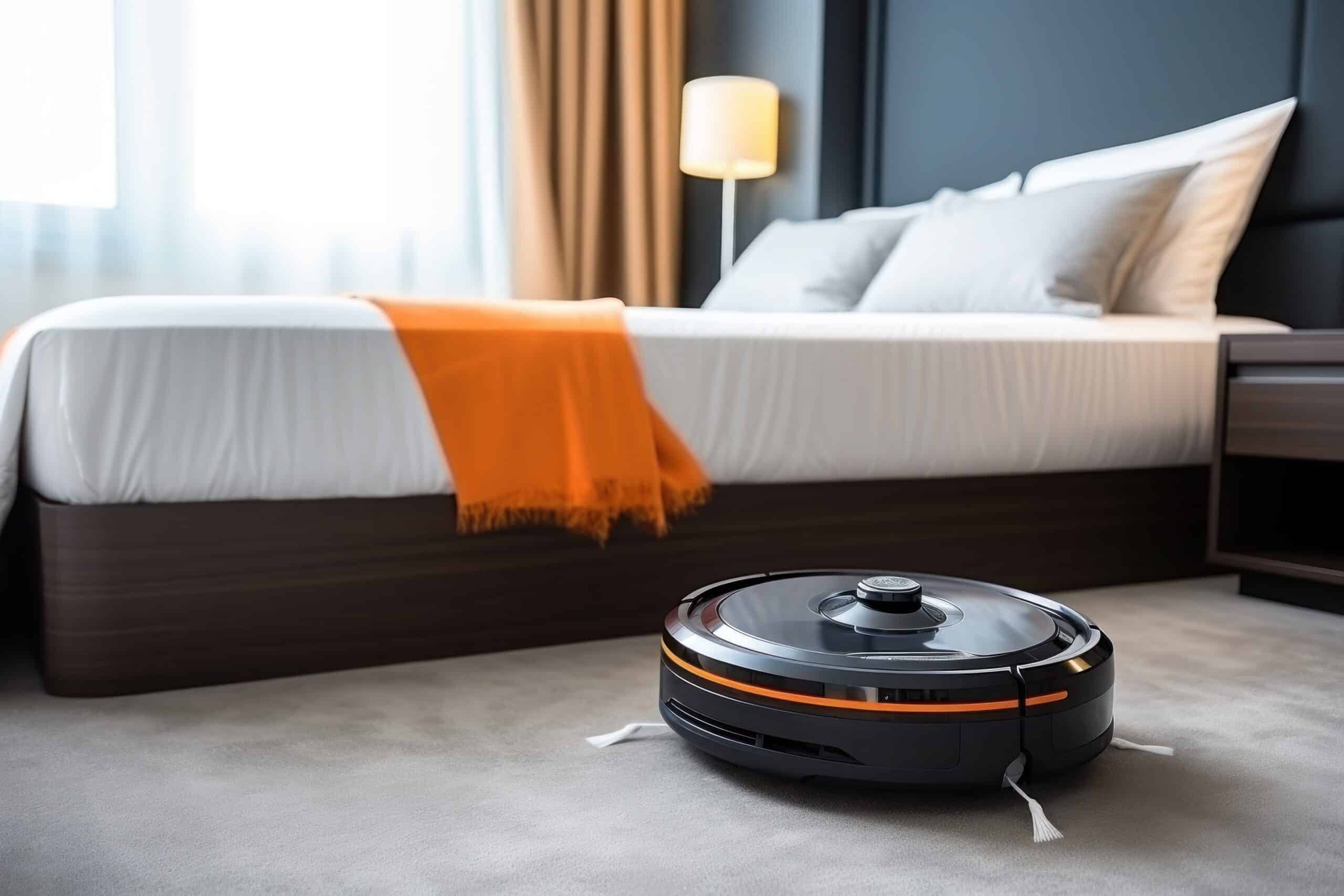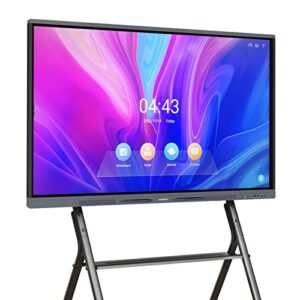Does A Robot Vacuum Cleaner Work?
Key Takeaways
- Robot vacuum cleaners have become increasingly popular and can effectively clean floors.
- Advantages of using a robot vacuum cleaner include scheduled cleaning, the ability to vacuum under furniture and tough-to-reach spots, and spot cleaning.
- Disadvantages of using a robot vacuum cleaner include the need to vacuum-proof the house, the device getting stuck, and the device not being able to find its way back to the charging base.
Robot vacuum cleaners have become increasingly popular in recent years, promising to make our lives easier by taking care of the mundane task of cleaning our floors. But do these robotic devices actually work? Let’s delve into the information available and explore the effectiveness of robot vacuum cleaners.
Understanding How Robot Vacuums Work
Robot vacuum cleaners use a combination of brushes and suction to lift and collect dirt and debris from carpets and hard floors. Equipped with sensors, they navigate around furniture and other objects, ensuring thorough cleaning. Some models even have built-in water tanks for mopping floors after vacuuming.
According to TechRadar, robot vacuums have proven to be effective in cleaning tasks. However, the effectiveness of cleaning may vary depending on the specific model and brand.
The Pros of Using a Robot Vacuum Cleaner
There are several advantages to using a robot vacuum cleaner:
- Scheduled cleaning: Robot vacuums can be programmed to clean on specific days or at specific times, allowing for a consistently clean floor without human intervention. This is particularly beneficial for busy individuals or those with mobility issues.
- Vacuum under furniture and tough-to-reach spots: Robot vacuums can easily maneuver under furniture and in tight spaces to clean areas that are difficult to reach with a traditional vacuum. They can access spots that often accumulate dust and dirt.
- Spot cleaning: Some robot vacuums have a spot cleaning mode that allows them to focus on cleaning a specific area where a spill or mess has occurred. This feature is handy for addressing immediate cleaning needs.
- Double-duty as a mop: Certain robot vacuums can also function as automated robot mops, providing additional cleaning capabilities. This feature is especially beneficial for those who have hard floors that require mopping.
The Cons of Using a Robot Vacuum Cleaner
While robot vacuum cleaners offer convenience, there are some drawbacks to consider:
- Vacuum-proof the house: Small objects like socks or pet toys can get stuck in the robot vacuum, so the house needs to be kept relatively free of debris before running the vacuum.
- Device gets stuck: Some robot vacuums may get stuck if they encounter obstacles that are too tall or if they get wedged under furniture. This can require human intervention to free them.
- Device can’t find its way home: When the battery is low, the robot vacuum is supposed to return to its charging base, but some models may have difficulty finding their way back. This can result in incomplete cleaning if the vacuum runs out of battery before returning to the base.
- Empty frequently: Robot vacuums have smaller collection bins, so they need to be emptied more frequently, especially in homes with pets that shed a lot of fur.
- You still need to vacuum: While a robot vacuum can reduce the need for manual vacuuming, it cannot reach all nooks and corners, so periodic traditional vacuuming is still necessary for a thorough clean.
- Noise: Robot vacuums can be slower and run for longer periods of time, resulting in prolonged vacuum noise in the house. This can be a consideration for those who prefer a quieter environment.
- Cost: Robot vacuums can be expensive, with prices ranging from $250 to over $1,000, and they do not replace the need for a traditional vacuum cleaner.
Conclusion
Based on the available information, robot vacuum cleaners do work and can be effective in keeping floors tidy. They offer convenience and can save time and effort in maintaining a clean home. However, it’s important to consider the limitations and potential drawbacks of these devices before making a purchase decision.
Related Websites:
FAQs:
Q: What is a robot vacuum cleaner?
A robot vacuum cleaner is an automated cleaning device that can autonomously navigate and clean the floors of a home or office. It uses advanced sensors and mapping technology to efficiently clean various surfaces.
Q: How does a robot vacuum cleaner work?
A robot vacuum cleaner works by using brushes and suction to pick up dirt and debris. It navigates around the home using sensors to avoid obstacles and mapping capabilities to create efficient cleaning routes.
Q: What are the benefits of using a robot vacuum cleaner?
Using a robot vacuum cleaner saves time by cleaning autonomously. It can also help reduce dust and allergens in the home, benefiting people with allergies or respiratory conditions. Additionally, it provides convenience and ease of use, especially for individuals with physical limitations or busy lifestyles.
Q: What are the limitations and considerations of a robot vacuum cleaner?
A robot vacuum cleaner may have limitations in cleaning capabilities, such as not being able to clean stairs or high-pile carpets. Maintenance requirements include emptying dustbins and cleaning brushes regularly. Cost factors and affordability should also be considered before purchasing a robot vacuum cleaner.
Q: What are some user experiences and satisfaction with robot vacuum cleaners?
Many customers have positive experiences with robot vacuum cleaners, reporting time-saving benefits and convenience. Users have also mentioned reduced dust and allergens in their homes. However, some users have reported limitations or negative experiences with certain models.






